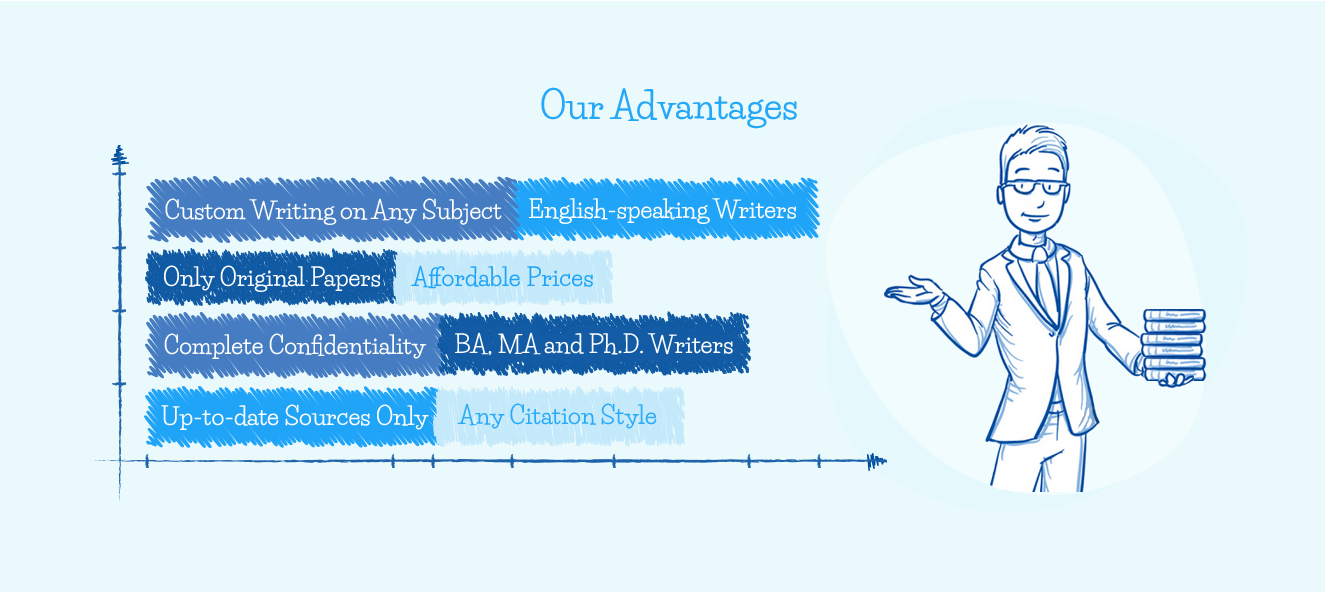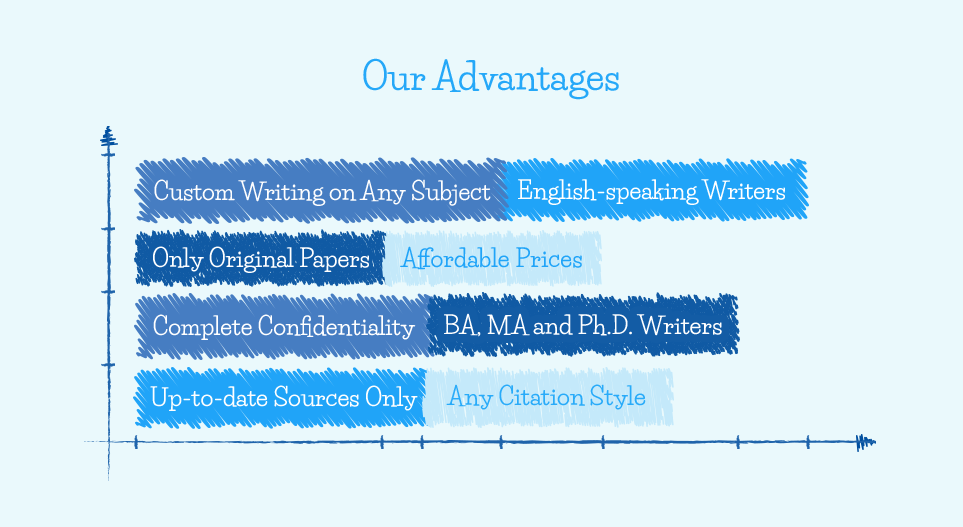Qualitative and Quantitative Research
Qualitative and qualitative methods are types of research used in data collection. The qualitative study aims to comprehend and interpret social relations. In contrast, the quantitative technique tests the assumption examines the source and outcome and makes calculations depending on the data collected. As such, this paper will discuss both qualitative and qualitative research and analyze their definitions, importance, setbacks, data collection techniques, and characteristics. The paper will also focus on customer demographics, and some examples of questions asked in qualitative and quantitative research when conducting a market study. The quantitative survey is the most significant element because it enables the researchers to identify the causes of their observations and give feedback on their findings by providing facts. The events are based on demography indicating that the study is accurate and has no assumptions. Whereas the quantitative method provides evidence and numerical values while collecting data, the qualitative approach is not dependable as it relies much on the respondent’s feedback. It is imperative to involve a quantitative approach because it provides first-hand information and facts without depending on other people’s responses.
Qualitative Research
This kind of investigation collects data that is not presented numerically. For instance, open-ended questionnaires and diary accounts are not numerical (Bernard & Bernard, 2012). In essence, qualitative research utilizes descriptive information and is relatively difficult to analyze. This kind of investigation is commonly used by students where they try to find out how people think about certain issues. A good example is a case study where open-ended questionnaires are distributed. These inquiries focus on group discussions, interviews, and other qualitative research methodologies Creswell, J. W. (2013). The method requires accuracy in describing the participants’ feedback, thus, making the analysis complicated. Moreover, the unstructured and group interviews allow the correspondents to talk in some depth. These tactics help the surveyors to develop a real sense of understanding of a given situation. The disadvantage of this method is that it is time-consuming because the researchers need to carry out the unstructured interview and analyze the data quantitatively.
Per se, interview quotations can be used in the analysis, and the researcher needs to have some professional knowledge of the study area. According to Creswell (2013), the dissatisfaction obtained from various fields led to the development of qualitative research. In this perspective, qualitative data gives ideas about a problem. Sometimes, it is used to develop hypotheses needed in potential quantitative research. Researchers use this approach to find the opinions, trends, and behavior of respondents (Creswell, 2013). Besides, the stated data collection method uses both semi-structured and unstructured techniques. As Neuman & Robson, (2012) put it, the semi-structured method is where both open-ended and closed-ended questions are asked in interviews and questionnaires. Therefore, qualitative data includes written documents, direct observation in the relevant field of a research study, and in-depth interviews done with the targeted respondent.
During the study, there is a need to capture the human experience rather than focus on numbers. The research regards phenomenological techniques used in carrying out the study. Imperatively, this approach involves an examination of the participant’s experience. Social context is another important aspect of studying the behavior of the respondent to come up with qualitative analysis (Creswell, 2013). Insofar, the most significant issue in qualitative analysis is the objectivity of the researcher. Neuman & Robson (2012) argue that objectivity helps in collecting accurate data without involving an opinion, interest, or attitude. For that reason, good qualitative research is made up of the unstructured use of open-ended questions. One importance of this technique is its precision through quantitative and consistent measurement. The method has a direction since it considers sampling and design. It can also produce causality statements by utilizing controlled experiments. However, the disadvantage of using open questions is that it is time-consuming. Another limitation is that it is hard to control all the variables in a qualitative approach because of the complexity of human experience.
Quantitative Research
Quantitative research is a type of investigation that collects information structured in a numerical manner which can be put into categories or measured in units. (Bernard & Bernard 2012). Most experiments prefer data collected by quantitative means because they are concerned with measurements. In contrast, other research techniques, such as questionnaires and observations, can produce both quantitative and qualitative information. The data collected with the help of this method can be divided easily, and later utilized in drawing graphs and tables. Examples of quantitative research methods include experiments, closed-ended questionnaires, and observations. In other words, quantitative analysis can be used to generate numeric information to help quantify the subject for statistical purposes (Neuman & Robson, 2012). In this context, attitudes, behaviors, and other variables are valued from a sample population. On the other hand, measurable data is utilized in this approach to uncover research patterns. Examples of quantitative research surveys include telephone interviews, online polls, website interceptors, and interviews with closed-ended questions.
Evidence-Based Practice
The study conducted in a market was to determine the activities and the behaviors of both the buyers and the sellers in the marketplace. Both qualitative and quantitative methods were applied. By using the qualitative approach, questionnaires were distributed to a sample population, especially, on the buyers’ side to determine their relationship with the sellers and the quality of goods that they purchase. Quantitative means were used by observing and estimating the population and the ages of those who were in the market. At the end of the study, there was precise demography regarding the population and age group of the buyers and the sellers as well as the relationships between them.
Relevance of Qualitative and Quantitative Research
While doing the market study, researchers analyze the performance of their products in the market as well as the market operation (Neuman & Robson 2012). Ideally, the audience’s attitude and behavior give the researcher some ideas to conclude. As stated, both quantitative and qualitative research is used in conducting market research. In this instance, the qualitative technique is used to understand the attitude and behavior of people. While carrying out this study, it is important to ask individuals to give reasons why they choose a particular product. Focused group discussion is also relevant to this study, and is the most useful method (Bernard & Bernard, 2012). Additionally, interviews and questionnaires are designed in such a way that the required data is readily available. The most preferred approach in qualitative data is the semi-structured approach.
On the other hand, in quantitative research, arithmetic methods are used to conduct the study based on samples of the entire population. Opinions and attitudes from respondents are presented in a structured approach to offer accurate results. Tools used in the method include questionnaires and surveys imposed on the customers. In most cases, the technique chosen by a market researcher depends entirely on the preference of the organization. Surveys might be carried out physically or through the Internet (Neuman & Robson, 2012). Questions used in market research must be carefully framed for a better outcome. The environmental review is necessary because it allows the market researcher to explain the questions used. When phone surveys are used, some respondents might find it difficult to answer most specific questions.
Arguably, quantitative research helps in informing the researcher about a new competitor in the market and the performance level of their business (Neuman & Robson, 2012). Developing the products or methods of product promotion might give the company an upper hand in combating competition. Since quantitative research is statistical, the number of responses should not be less than thirty (Creswell, 2013). A larger sample is also used to produce more accurate information. The disadvantage of using any questionnaire is that many respondents fail to return their filled forms hence making decision research inaccurate and unreliable. A rating scale and a checklist are often used in quantitative studies. Researchers use this scale in areas where the individual behavior is analyzed continuously.
How it works
Step 1
Visit our website and go to the order formStep 2
Fill in specific essay details in your order description sectionStep 3
Pay for your custom essay and get your order verifiedStep 4
Process of writing your academic assignmentStep 5
Editing and anti-plagiarism checkStep 6
On-time delivery of an already written essayImpact of Demography on the Choice of Intervention
Owners of businesses collect demographic information when structuring their business plans. Business plans assist them to raise capital to start their businesses. Moreover, the plan guides the business operation. (Goertz & Mahoney, 2012). This kind of information contains income, geographic background, gender, and race. Consumer characteristics like marital status, shopping habits, and the number of children are essential for demographic analysis. Demographics can also help a business to know the exact place to start the business. Both qualitative and quantitative research can be used in the population study (Creswell, 2013). With many people in an area under study, quantitative analysis can be used for collecting primary data from samples. If there are few respondents, then it is advisable to use the qualitative technique. As such, quantitative and qualitative research approaches can complement each other. Therefore, the availability of enough resources, timeframe, and the type of questions for investigation should guide the researcher on the kind of technology to be used in the study.
Conclusion
A quantitative method is a tool that depends mostly on the collection of measurable data based on numerical and statistical values. Qualitative research, on the other hand, relies on the collection of non-numerical information. Both quantitative and qualitative research approaches have their importance and setbacks. A researcher should choose wisely the method needed in the field. When doing market research based on demographics, the type of information a researcher is looking for should guide him or her on the kind of approach to use. It is recommended to employ quantitative research while conducting any investigation because it provides measurable facts that do not rely on feedback from other people.

















